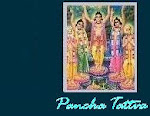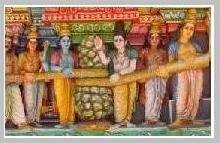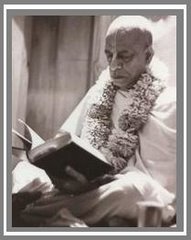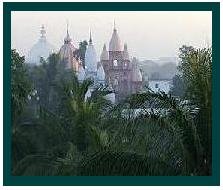The general layout of the city of Dwaraka described in ancient texts agrees with that of the submerged city discovered by MAU. Four enclosures are laid bare; each one had one or two gateways. The port Aramda (Arambhadvdra) on way to Dwaraka was the first gateway in the outer fortifications. The bastions flanking gateways of submerged Dwaraka resemble those of Kusinagara and Sravasti carved on the Gateways of Sanchi Stupa. The prasada referred to in the epic must be the high fort walls of Dwaraka, a part of which is extant. The epic says that flags were flying in the city of Dwaraka. This can be corroborated by the stone bases of flag posts found in the sea bed excavation. Umashankar Joshi is of the view that antardvipa in the region of Kugasthali referred to in the Mahabharata must be Bet Dwaraka (Sankhodhara). The Bhagavata Purana says that before leaving his mortal frame Sri Krsna put the
 ladies and children in boats and sent them to Sankhodhara. Hirananda Sastry also identified the antardvipa of Mahabharata with Dwaraka.
ladies and children in boats and sent them to Sankhodhara. Hirananda Sastry also identified the antardvipa of Mahabharata with Dwaraka."The sea, which had been beating against the shores, suddenly broke the boundary that was imposed on it by nature. The sea rushed into the city. It coursed through the streets of the beautiful city. The sea covered up everything in the city. Even as they were all looking, Arjuna saw the beautiful buildings becoming submerged one by one. Arjuna took a last look at the mansion of Krishna. It was soon covered by the sea. In a matter of a few moments it was all over. The sea had now become as placid as a lake. There was no trace of the beautiful city which had been the favourite haunt of all the Pandavas. Dwaraka was just a name; just a memory." -Mahabharata
 Sculpture of Vishnu from onshore excavation, Dwaraka.
Sculpture of Vishnu from onshore excavation, Dwaraka.Bits and Pieces
Megasthenes, the Greek ambassador in the court of Chandragupta Maurya (4th century B.C) makes the first reference to the deification of Vasudeva. He says that Heracles (who is closest to Krishna-Vasudeva) was held in high regard by the Sourasenoi (Surasenas) who possessed two large cities namely Methora (Mathura) and Cleisobora (Krishnapura, that is Vraja and Vrindavana). Apart from references by Megasthenes to the deification of Krishna-Vasudeva, Buddhist texts mention the existence of shrines dedicated to Vasudeva (Krishna) and Baladeva (Balarama).
Heliodorus, the son of Dia (Dion), a resident of Taxila had come to Besnagar as an envoy of the Greek king Antalikata (Antialkidas) to the court of Kasiputra Bhagabhadra during his 14th regnal year. Antialkidas is placed between 175-135 B.C. The Greek king Agathocles (2nd century B. C) was also devoted to the Bhagavata cult. The figures of Krishna and Balarama are shown on his coins found in the excavations at Al-Khanuram in Afghanistan




















